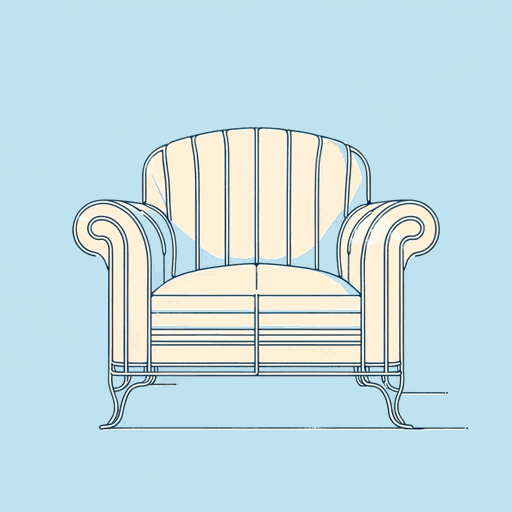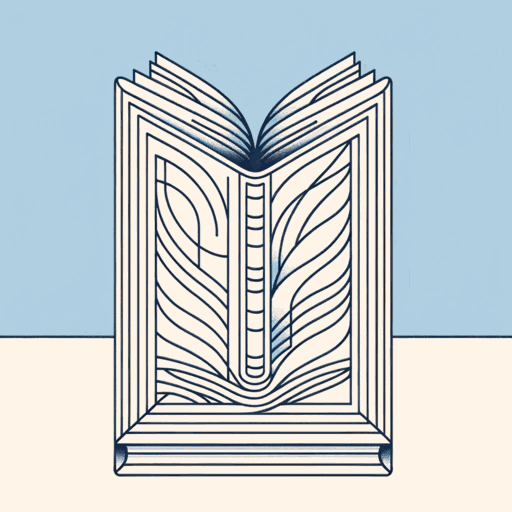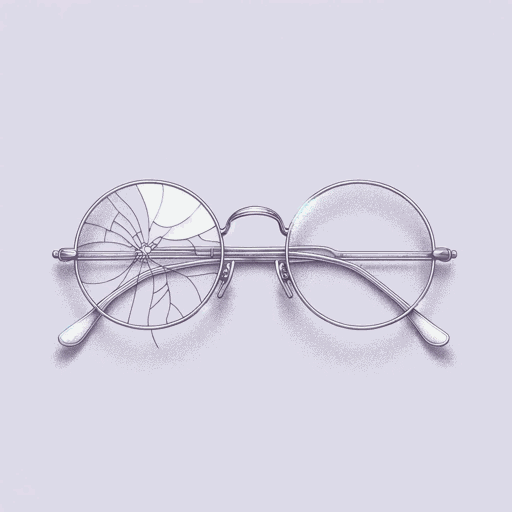45 pages • 1 hour read
Sigmund FreudThe Uncanny
Nonfiction | Essay / Speech | Adult | Published in 1919A modern alternative to SparkNotes and CliffsNotes, SuperSummary offers high-quality Study Guides with detailed chapter summaries and analysis of major themes, characters, and more.
Summary
“Screen Memories”
“The Creative Writer and Daydreaming”
“Family Romances”
Part 1, “Leonardo da Vinci and a Memory of His Childhood”
Part 2, “Leonardo da Vinci and a Memory of His Childhood”
Part 3, “Leonardo da Vinci and a Memory of His Childhood”
Part 4, “Leonardo da Vinci and a Memory of His Childhood”
Part 5, “Leonardo da Vinci and a Memory of His Childhood”
Part 6, “Leonardo da Vinci and a Memory of His Childhood”
Part 1, “The Uncanny”
Part 2, “The Uncanny”
Part 3, “The Uncanny”
Key Figures
Themes
Important Quotes
Essay Topics
Part 4, “Leonardo da Vinci and a Memory of His Childhood”Chapter Summaries & Analyses
Summary: Part 4, “Leonardo da Vinci and a Memory of His Childhood”
Freud continues his interpretation of the vulture fantasy, now attributing the “demonic magic” of the Mona Lisa’s smile to the repressed emotions of da Vinci himself. The painting seems to distill the sense of femininity and the experience of love; Freud claims that “all the faces” (85) of da Vinci’s subjects contain something of this mystery, since da Vinci was able to “put so much of his own nature” into the works (85).
Freud links Mona Lisa’s smile with the complex occurrences of da Vinci’s childhood, and especially the fact that he had two mothers. His biological mother, according to the vulture story, kissed him with the fervency of an abandoned woman. Likewise, Leonardo’s own erotic longing is fulfilled in his representations of the “blissful union between male and female” in his androgynous figures (89).
Part 4, “Leonardo da Vinci and a Memory of His Childhood” Analysis
Here, Freud develops his previous speculations about Leonardo’s fondness for his mother and his resultant homosexuality by linking it with da Vinci’s most famous artwork, the Mona Lisa. The affective intensity of this painting, which has entranced viewers ever since its creation, is traced back to the circumstances of his early life, as revealed by the vulture fantasy. It is precisely the sexual repression and Leonardo’s unfulfilled erotic life that drives Leonardo to charge his creative work with such erotic intensity, in Freud’s view.
Related Titles
By Sigmund Freud

Civilization And Its Discontents
Sigmund Freud

Moses and Monotheism
Sigmund Freud

On Dreams
Sigmund Freud

The Freud Reader
Sigmund Freud

The Future of an Illusion
Sigmund Freud

The Interpretation of Dreams
Sigmund Freud

Three Essays on the Theory of Sexuality
Sigmund Freud

